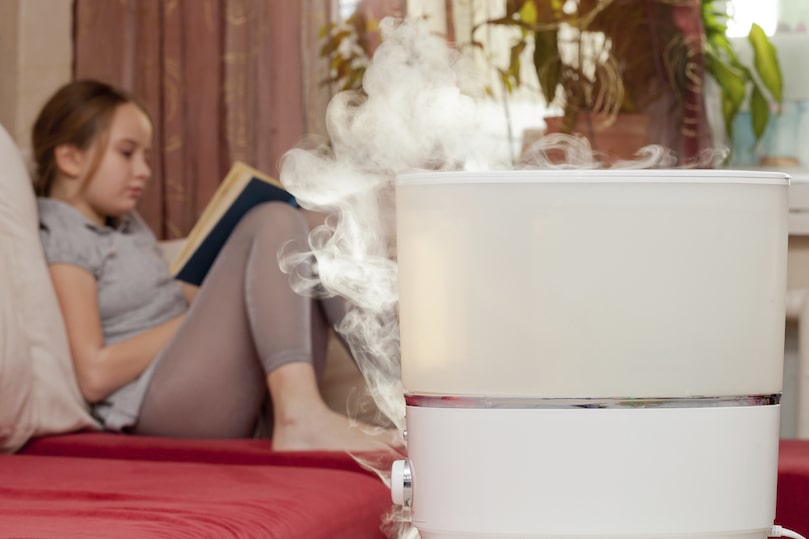Blog
Serving West Columbia and These Areas
Tri City Fuel & Heating
640 N. 12th Street
West Columbia, SC 29169
Phone: 803-592-9776
Email: Carol@tricityfuel.com
License # M97894
About Tri City Fuel & Heating
At Tri City Fuel & Heating Co., Inc., making your home cozy is our highest concern. That’s why we supply reliable HVAC systems and excellent work in West Columbia. Our technicians are educated in a complete variety of services, so you can have confidence in your results. They’ll offer the help you are looking for, whether it’s putting in an up-to-date HVAC system or repairing and maintaining your present equipment. We’re available to help with all of your needs, so call us at 803-592-9776 or contact us online to request an appointment today.
© 2025 Tri City Fuel & Heating | All rights reserved












